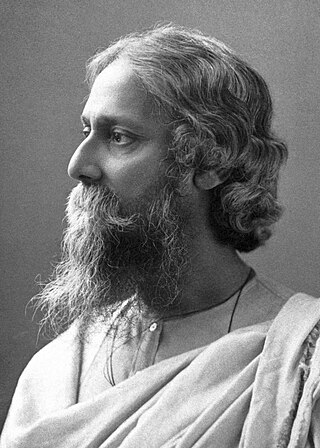
Bengali poetry is a rich tradition of poetry in the Bengali language and has many different forms. Originating in Bengal, the history of Bengali poetry underwent three successive stages of development: poetry of the early age, the Medieval period and the age of modern poetry. All ages have seen different forms of poetry and poetical tradition. It reached the pinnacle during the Bengali Renaissance period although it has a rich tradition and has grown independent of the movement. Major Bengali Poets throughout the ages are Chandidas, Alaol, Ramprasad Sen, Michael Madhusudan Dutt, Nabinchandra Sen, Rabindranath Tagore, Dwijendralal Ray, Satyendranath Dutta, Kazi Nazrul Islam, Jibanananda Das, Jasimuddin, Sukanta Battacharya, Al Mahmud.

Mahasiddha is a term for someone who embodies and cultivates the "siddhi of perfection". A siddha is an individual who, through the practice of sādhanā, attains the realization of siddhis, psychic and spiritual abilities and powers.

Sahaja means spontaneous enlightenment in Indian and Tibetan Buddhist spirituality. Sahaja practices first arose in Bengal during the 8th century among yogis called Sahajiya siddhas.

The Charyapada is a collection of mystical poems, songs of realization in the Vajrayana tradition of Buddhism from the tantric tradition in Assam, Bengal, Bihar and Odisha.

Shreekrishna Kirtana Kabya is a Bengali pastoral Vaishnava drama in verse composed by Boru Chandidas. It is considered to be one of the most significant works after Charyapada in the history of Bengali literature. These verses are believed to be written in the pre-Chaitanya era of the later half of 14th century CE.

Saraha, Sarahapa, Sarahapāda, was known as the first sahajiya and one of the Mahasiddhas. The name Saraha means "the one who has shot the arrow.". According to one, scholar, "This is an explicit reference to an incident in many versions of his biography when he studied with a dakini disguised as a low-caste arrow smith. Metaphorically, it refers to one who has shot the arrow of non duality into the heart of duality."

Assamese literature is the entire corpus of poetry, novels, short stories, plays, documents and other writings in the Assamese language. It also includes the literary works in the older forms of the language during its evolution to the contemporary form and its cultural heritage and tradition. The literary heritage of the Assamese language can be traced back to the c. 9–10th century in the Charyapada, where the earliest elements of the language can be discerned.
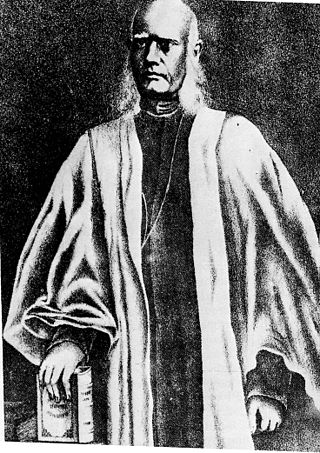
Krishna Mohan Banerjee was a 19th-century Indian thinker who attempted to rethink Hindu philosophy, religion and ethics in response to the stimulus of Christian ideas. He himself became a Christian, and was the first president of the Bengal Christian Association, which was administered and financed by Indians. He was a prominent member of Henry Louis Vivian Derozio's (1808–1831) Young Bengal group, educationist, linguist and Christian missionary.

Kānhapā, Kanha or Kanhapada or Krishnacharya was one of the main poets of Charyapada, the earliest known example of Assamese, Bengali, Maithili, Bhojpuri, and Odia literature. He was a tantric Buddhist and a disciplle of Jalandhar. Kanhapada is also a prominent siddhacharya to Nath Sampradaya after Matsyendranatha and Gorakhnath. His poems in Charjyapad are written in a code, whereby every poem has a descriptive or narrative surface meaning but also encodes tantric Buddhist teachings. Some experts believe this was to conceal sacred knowledge from the uninitiated, while others hold that it was to avoid religious persecution.
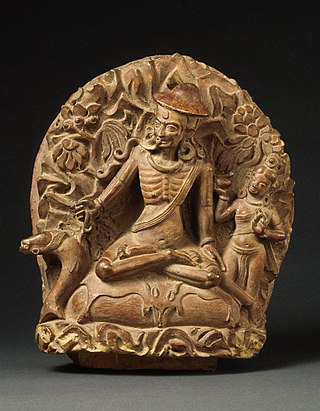
Luipa or Luipada was a mahasiddha siddhacharya from Bengal. He was a Buddhist saint from the Kãivartā community. He was a poet and writer of a number of Buddhist texts mainly the Charyapada which is the earliest form of languages like Bengali, Assamese, Oriya, Bhojpuri, and Maithili.
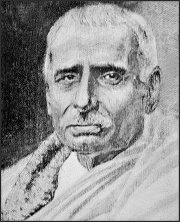
Hara Prasad Shastri, also known as Hara Prasad Bhattacharya, was an Indian academic, Sanskrit scholar, archivist, and historian of Bengali literature. He is most known for discovering the Charyapada, the earliest known examples of Bengali literature.
Channa is a village located in Galsi II CD Block in Bardhaman Sadar North subdivision of Purba Bardhaman district in West Bengal, India. It is famous for the ashram of Niralamba Swami, a famous saint.
The Kartabhaja, also known as the Kartabhaja Sampradaya, literally, the Worshippers of the Master, is a religious community of West Bengal in eastern India, which came into prominence in the mid 18th century. It had a significant following in the late 18th century and early 19th century, but its following declined considerably in the early 20th century.
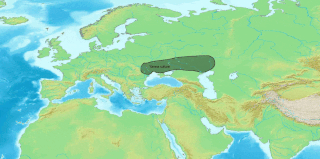
Kamrupi dialects are a group of regional dialects of Assamese, spoken in the Kamrup region. It formerly enjoyed prestige status. It is one of two western dialect groups of the Assamese language, the other being Goalpariya. Kamrupi is heterogeneous with three subdialects— Barpetia dialect, Nalbariya dialect and Palasbaria dialect.

Sri Sri Yogiraj Swami Keshavananda Brahmachari (1830-1942) was a Kriya Yogi and master of the Tantras from West Bengal. He was an important disciple of Sri Shyamacharan Lahiri who is popularly known as Lahiri Mahasaya and was well known for his austere Yogic practices through which he had attained the highest degree of enlightenment within his lifetime. He spent a significant part of his lifetime in the Himalayas while being engaged in Yogic practices.

Vavilikolanu Subba Rao or Andhra Valmiki or Vaasu Daasa Swami was a Sanskrit scholar and a Telugu poet, often known by the epithet Andhra Valmiki.
Rahul Banerjee is a Bengali Indian organic chemist and a professor at the department of chemical sciences of the Indian Institute of Science Education and Research, Kolkata. Banerjee, a fellow of the Royal Society of Chemistry, is known for his studies in the field of Metal–organic framework designing. The Council of Scientific and Industrial Research, the apex agency of the Government of India for scientific research, awarded him the Shanti Swarup Bhatnagar Prize for Science and Technology, one of the highest Indian science awards, for his contributions to chemical sciences in 2018. Currently he is one of the associate editor of international peer-review journal Journal of the American Chemical Society.

Virupa, also known as Virupaksa and Tutop Wangchuk, was an 8th-9th century Indian mahasiddha and yogi, and the source of important cycles of teachings in tantric Buddhism.
Narahari Sarkar was a 16th-century Bengali poet, lyrist, a Vaishnava Bhakti saint, and one of the associates and disciples of Chaitanya Mahaprabhu. He is best known for his Sanskrit works, Bhakti-candrika-patala, Bhaktamrtastaka, Krsna Bhajanamrta, etc. He was the preacher of the doctrine of ''Gaurangarvada".














